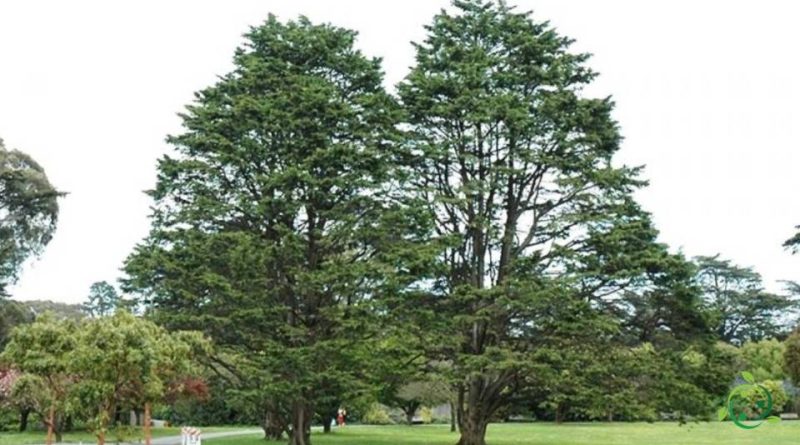Reproduction of the Monterey Cypress
Reproduction of the Monterey Cypress
The Monterey cypress (Cupressus macrocarpa Hartw. Ex Gordon, 1849) is a Cupressaceae tree native to California (Monterey Bay).
It was introduced in Europe in the mid-nineteenth century as an ornamental plant for parks and gardens.
Suitable breeding habitat –
Cupressus macrocarpa is a plant native to California (USA) with a restricted range to the coastal areas of Monterey County, therefore to the southwest of North America.
Its habitat is that of the areas of cliffs on the shore in only 2 small locations where it is found along the rocky and perched slopes exposed to the sea, in intercropping with evergreen oaks.
The area is characterized by a warm temperate climate with annual daytime temperatures between 20 and 32 ° C.
Propagation –
The Monterey cypress is a plant widely used as an ornamental and there are two cultivars:
– Cupressus macrocarpa cultivar Goldcrest, with a columnar-conical shape;
– Cupressus macrocarpa cultivar Wilma, much smaller and lighter in color.
It is a plant that can be grown both outdoors and in pots, where, in the summer, watering should be done once a week. Excess water can cause the plant to rot.
The ideal soil must be loose and well drained, composed of 3 parts of peat and 1 of soil, organic animal or vegetable substances, and inert elements such as pumice, or agri-perlite.
The plant can be exposed in full sun or shade, the important thing is that it has good light throughout the day, and that it is sheltered from strong winds. If the plant is young it is advisable to cover it with a transparent bag or place it in a greenhouse if the temperatures drop below freezing.
Propagation can occur by seed; to facilitate the emergence of the seedlings it is recommended to carry out 30 days of stratification at 20 ° C. The seed can be stored for several years.
Cypress seeds require bare mineral soil for germination, and seedling mortality is high in shady sites with abundant litter due to pathogenic fungi. Furthermore, the seedlings are sensitive to excessive humidity.
Ecology –
The Monterey cypress is an evergreen tree that is able to resist wind and salt in its areas of origin.
In this plant the dispersion of the seeds occurs mainly due to the wind and rain.
In the native woodlands, Monterey cypress is confined to rocky and granite soils
of coastal promontories and cliffs exposed to almost constant sea winds. These soils are acidic and sandy and generally have a pH between 4.5 and 5.5. Furthermore, this plant is found at altitudes from sea level up to about 30 meters.
The IUCN Red List classifies Cupressus macrocarpa as a vulnerable species, due to its limited range in nature.

